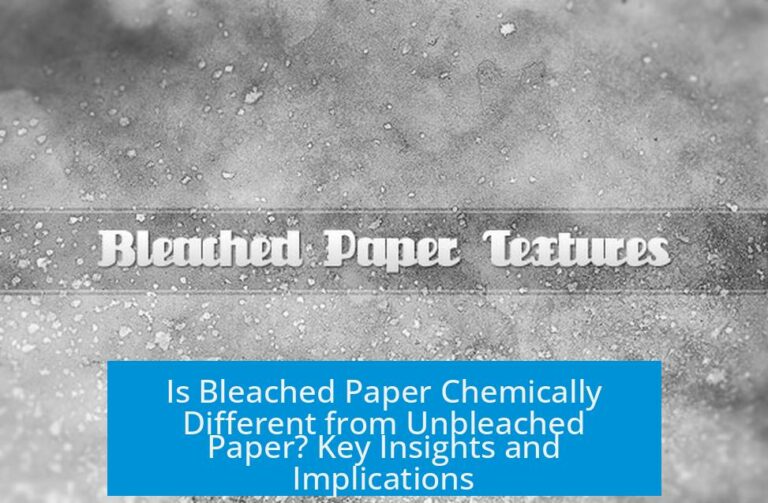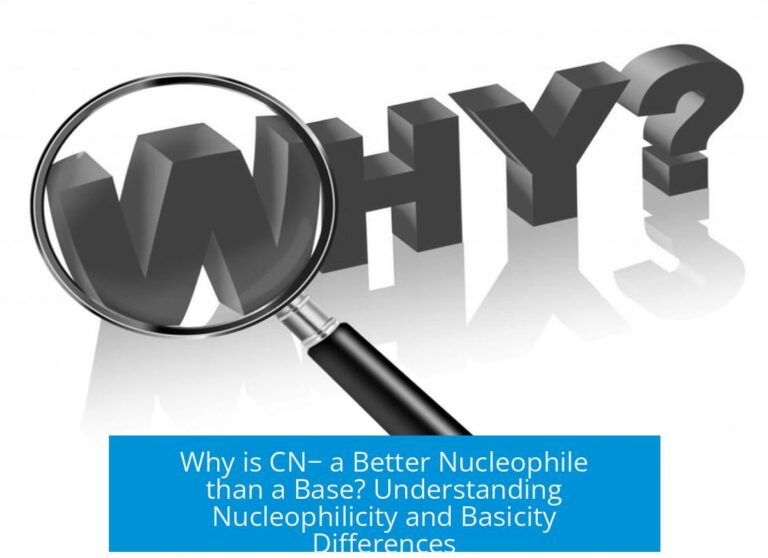Can Smearing or Streakiness Be Removed by PCR Cleanup? Examining Cleanup Protocols to Enhance PCR Results
Direct PCR cleanup alone often cannot fully remove smearing or streakiness from PCR products. However, optimizing cleanup protocols combined with PCR condition refinements can enhance results significantly. Among cleanup methods, gel extraction of specific bands offers the most reliable removal of non-specific products and smear, while some size-selective purification kits and enzymatic treatments can improve quality in less fragmented samples.
Understanding Smearing and Streakiness in PCR Products
Smearing or streakiness in PCR results signals issues such as non-specific amplification, degraded template, or too much product. It affects downstream applications like sequencing or cloning. Standard PCR cleanup kits aim to remove enzymes, primers, salts, and other impurities but may not effectively remove unwanted DNA fragments that cause smears.
1. PCR Cleanup Methods for Removing Smearing
1.1 Gel Extraction: Targeted Purification of Desired Bands
- Running the PCR product on an agarose gel separates fragments based on size.
- Excising the specific band of interest followed by purification eliminates smaller or larger non-specific products causing smearing.
- Commercial kits like Qiagen’s QIAquick Gel Extraction Kit reliably purify excised bands. The procedure involves running the gel at 80 V for approximately 1.5 hours, cutting out the band, and purifying DNA from the gel slice.
This method physically isolates pure target DNA, minimizing smearing and enhancing downstream accuracy. It remains the gold standard when cleanup kits fail to produce clear bands.
1.2 Commercial Cleanup Kits and Size-Selective Purification
- Common PCR cleanup kits (e.g., spin column kits) remove primers, nucleotides, and enzymes but cannot differentiate DNA fragment sizes well.
- Magnetic bead-based DNA purification kits offer partial size selection due to bead-binding properties; adjusting bead volume can enrich certain sizes.
- Some companies, such as Macherey-Nagel, provide size-selective purification kits explicitly tailored to enrich DNA fragments within a target size window.
- If a cleanup kit has been tried and smearing persists, it is unlikely that a similar kit will fully resolve the issue without further optimization.
1.3 Adjusting Binding Buffer Volume During Cleanup
- Decreasing the volume of binding buffer during purification may help minimize binding of small non-specific fragments.
- This approach is heuristic and may partially improve cleanup quality but rarely eliminates extensive smearing completely.
2. Enhancing PCR Results to Improve Cleanup Outcome
PCR cleanup effectiveness heavily depends on the initial PCR product quality. Optimizing PCR conditions can reduce smearing and improve purification success.
2.1 Optimize Annealing Temperature, Cycle Number, and Extension Time
- Correct annealing temperature minimizes off-target amplification.
- Adjust cycle numbers to avoid over-amplification, which causes smearing due to premature plateau phases and non-specific products.
- Choosing suitable extension times based on amplicon length improves product specificity.
- Employing touchdown PCR techniques enhances specificity by gradually lowering annealing temperatures over early cycles, then finishing with stable annealing steps.
- Testing a two-step PCR by combining annealing and extension steps offers higher quality amplicons in some cases.
2.2 Adjust Template Concentration
- High template concentration often causes excessive and smeared PCR products.
- Lowering template amounts by dilutions (e.g., 1:100 or 1:1000) can reduce background smearing.
- Similarly, loading progressively smaller amounts of PCR product onto gels helps evaluate product quality without overwhelming the detection system.
- Re-amplification with diluted product improves the appearance of clean bands.
2.3 Polymerase Choice and Primer Design
- Taq polymerase can produce more non-specific products and smearing compared to high-fidelity enzymes such as Q5 polymerase.
- Using high-fidelity polymerase improves specificity and reduces artifacts.
- Designing primers with optimal melting temperatures (Tm) and target coverage minimizes off-target amplification.
- Testing alternate primer pairs further helps reduce smearing.
2.4 Preventing DNA Degradation
- Handling genomic DNA on ice reduces degradation and subsequent PCR smear.
- Maintaining cold conditions during setup and storage preserves template integrity, improving PCR results.
2.5 Hotstart PCR and Enzymatic Cleanup
- Hotstart PCR enzymes reduce non-specific amplification initiated at low temperatures prior to cycling.
- Post-PCR enzymatic treatments such as Exonuclease I and Shrimp Alkaline Phosphatase (ExoSAP) remove leftover primers and dNTPs improving product purity.
- This procedure can sharpen bands and reduce background smearing before sequencing or cloning.
3. Limitations and Alternative Recommendations
3.1 Limits of Common Cleanup Kits
If smear persists after cleanup using kits (such as those from Himedia) with repeated attempts, it indicates the kits cannot selectively purify the correct fragment. The kits are less efficient when non-specific bands are abundant or products are degraded.
3.2 Gel Extraction as a Last Resort
Gel extraction remains the preferred solution when commercial kits cannot remove smearing. Though more labor-intensive, it ensures pure product isolation, critical for accurate sequencing and cloning.
3.3 Nanopore or Long-read Sequencing Alternative
Submitting samples for long-read sequencing, such as nanopore, can bypass cleanup issues by sequencing through mixed fragments and aligning desired reads. Cost and accessibility must be considered.
Summary of Best Practices for Removing Smearing by PCR Cleanup and Enhancing Results
- Gel extraction of target bands is the most effective cleanup method for smear removal.
- Commercial kits alone often cannot eliminate smears caused by non-specific or degraded DNA.
- Optimizing PCR parameters (annealing temp, cycles, extension time) reduces smear formation.
- Reducing template concentration and loading less material improves band clarity.
- Using high-fidelity polymerases and better primer design enhances specificity.
- Hotstart PCR plus enzymatic cleanup removes remaining primers and dNTPs.
- Handling DNA on ice minimizes degradation to improve PCR outcomes.
- If cleanup kits fail, gel extraction or advanced sequencing methods provide alternatives.
Can PCR cleanup kits remove smears or streakiness from PCR products?
Standard PCR cleanup kits often fail to fully remove smears. They clean primers and enzymes but don’t always separate unwanted fragments. Gel extraction of the specific band is a more reliable method to remove streaky products.
Is there a cleanup protocol that improves PCR product quality before purification?
Improving PCR itself helps cleanup. Adjust annealing temperature, cycle number, and template concentration. Using Hotstart PCR followed by enzymatic cleanup like ExoSAP reduces nonspecific products. These steps enhance the final result.
Can adjusting the amount of binding buffer in cleanup kits help enhance PCR cleanup?
Yes, using slightly less binding buffer than usual during purification can sometimes improve size selection. This tweak might help remove smaller unwanted fragments, but results vary depending on the kit and sample.
Are magnetic bead-based or size-selective purification kits effective for cleaning up smeared PCR products?
Such kits often include size selection, which can help reduce smearing. However, if smears persist after using these kits, gel purification remains the best solution for isolating clean bands.
How can template concentration adjustment enhance PCR cleanup results?
Too much template can cause smearing. Diluting the template reduces excessive PCR products, leading to cleaner bands. Lowering template input often improves both the PCR and subsequent cleanup clarity.





Leave a Comment